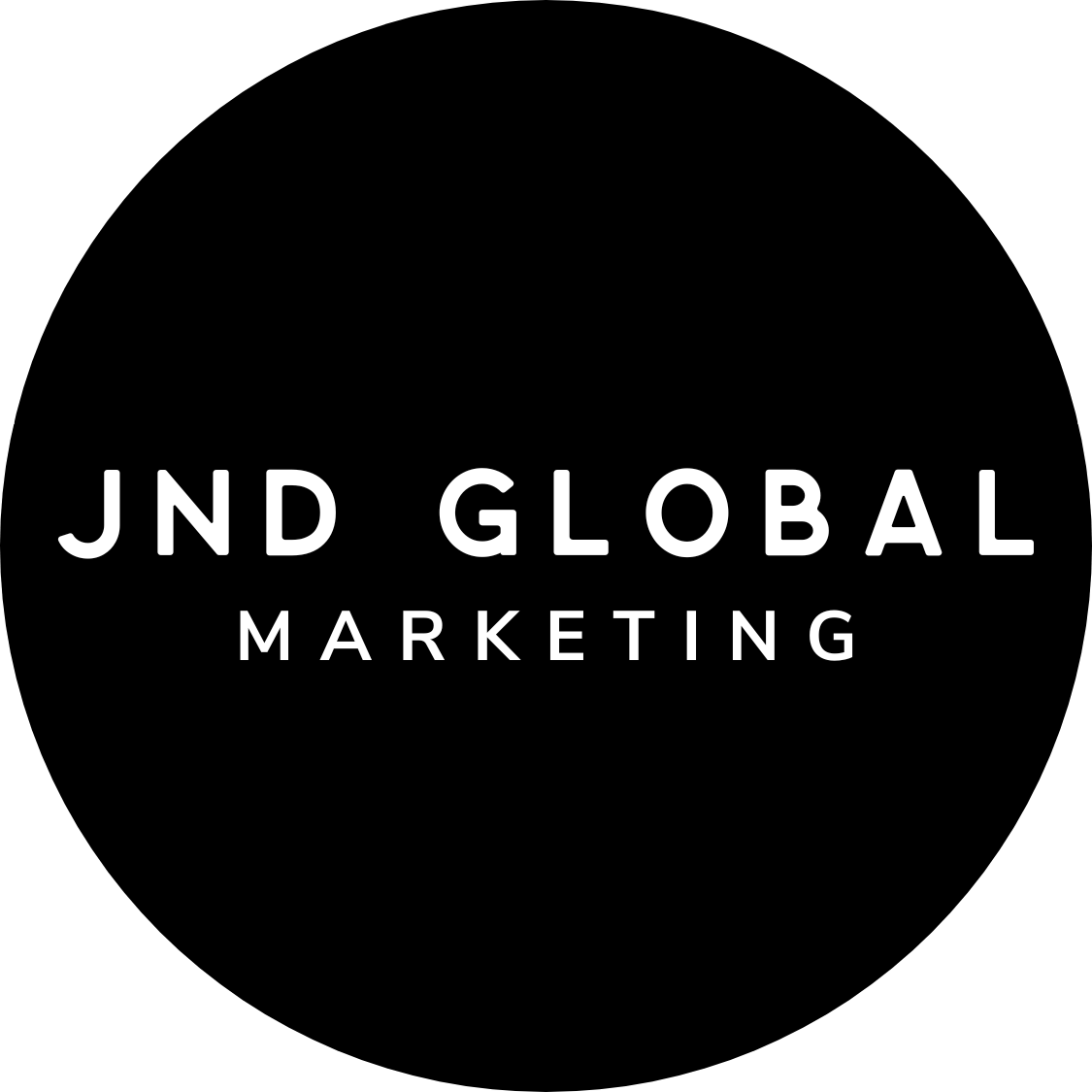For better or worse, the current media landscape has become increasingly fractured, and this can be overwhelming for newcomers to say the least. With the decline of print media, we have seen increasing pressure on journalists to cultivate ‘authentic’ online personas to stay in the game.
This is necessary because the game has changed: as traditional media conglomerates, digital start-ups, and brands all scramble to produce the most ‘newsworthy’ content on any given day, the line between journalists and other media publishers have become blurred.
In other words, journalists now have to market themselves if they want to be heard.
With journalists focusing more of their time and energy developing their personal brands and amassing substantial social media followers, it raises valid concerns about the decline in quality of journalism we are now seeing in mainstream media. Put succinctly over at Indystar:
“The first goal seems to be self-promotion — the fame part, the ‘brand. It is why the media superstars of today are no longer people such as Bob Woodward, who break big stories, but people like Bill O’Reilly, who yell about them.” In other words, image first. Substance … whenever.”
The exclusive interview between Rachel Dolezal and Matt Lauer on the Today Show comes to mind as a prime example of a journalist completely dropping the ball when it comes to asking the hard-hitting, relevant questions in the public’s interest. Lauer failed to ask any probing questions that would have given us insight into Dolezal’s clearly troubled frame of mind.
Instead the TV journalist opted for easier, low-bar questions, most of which we already knew the answers to (“But is your father Caucasian?”). Latoya Peterson’s article ‘10 Questions Matt Lauer should have asked Rachel Dolezal’ lists the types of probing questions the journalist should have asked to deliver quality news content that is in the public’s interest.
Of course, we also need to accept that the financial pressure on journalists to generate ‘clicks’ is real, and journalists are increasingly asked to write content that can no longer be described as ‘strictly journalism’ (i.e. Buzzfeed articles). At the same time, because sites like Buzzfeed have succeeded in breaking hard news, readers also no longer exclusively rely on traditional media publications for their news.
Buzzfeed’s push to legitimize their brand also signals an intent to carve a bigger space for themselves in the hard news sphere, having recently objected to Nielsen’s categorization of Buzzfeed under “search engines, portals and communities”.
“We consider ourselves a news and entertainment company…with a mix between hard news and entertainment content”, said Simon Crerar, editor of Buzzfeed Australia.
Brands need to seize the gap in solid reporting:
Free of the financial pressure to generate clicks, brands are in a unique position to contribute informative, thought-provoking content to the new media landscape. There is a clear opportunity for brands to probe issues mainstream media has failed to pick up on, or simply isn’t interested in covering on their own.
Major corporations including Microsoft already understand this- Microsoft’s ‘Chief Storyteller’ Steve Clayton runs their stand-alone blog Stories, which averages 800K views per month. Interestingly, the percentage of the site’s traffic that comes from Search (approx. 37%) is generated entirely from organic search– no pay to play antics over here. This illustrates the power of earned media, and as Clayton noted:
“The Stories site wasn’t created to generate revenue, but the fact that it could do so was especially gratifying, and a testament to the power of storytelling.”
Companies that are tentatively or haphazardly pushing out content looking for a slice of the earned media pie are simply adding to the noise with no real, measured value for them at the end of the day. If your company pushes out content in the hopes of reaching new audiences, don’t just add to the noise- contribute content that is valuable and important, and show your audience you are a brand genuinely interested in doing social good.


